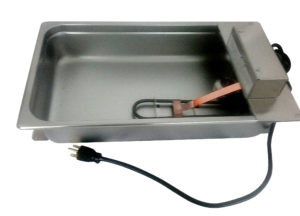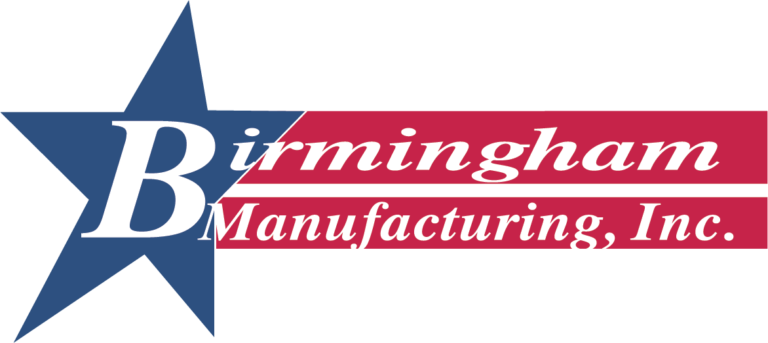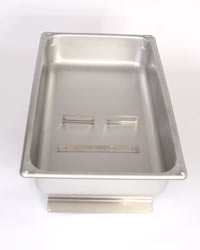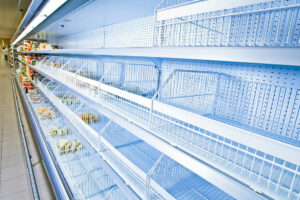
How Do I Know What Size Evaporator Pan do I Need?
A commercial refrigerator unit is essential to your establishment, cooling all your beverages and ingredients to perfection. That’s why it’s necessary to perform routine Commercial Refrigeration Maintenance on your unit between regular service visits. The size of the pan in the commercial refrigerator is determined by how much water is created during the defrost cycle.


